Quote:
Original posted by cywong at 28/11/2010 22:52
1 White-spectacled Warbler was found on Po Toi today (28/11/10)











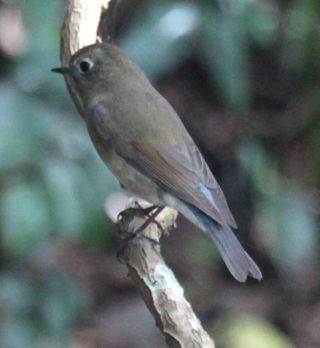









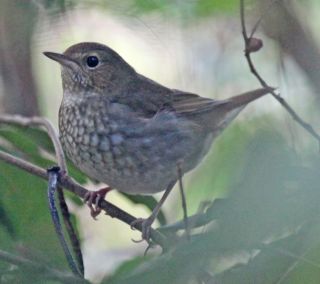











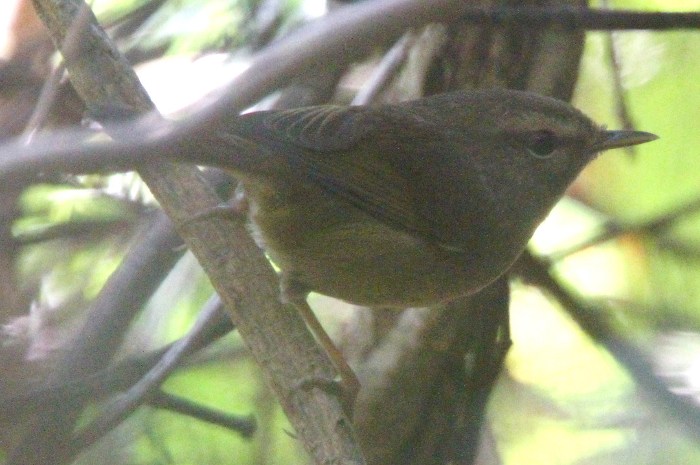
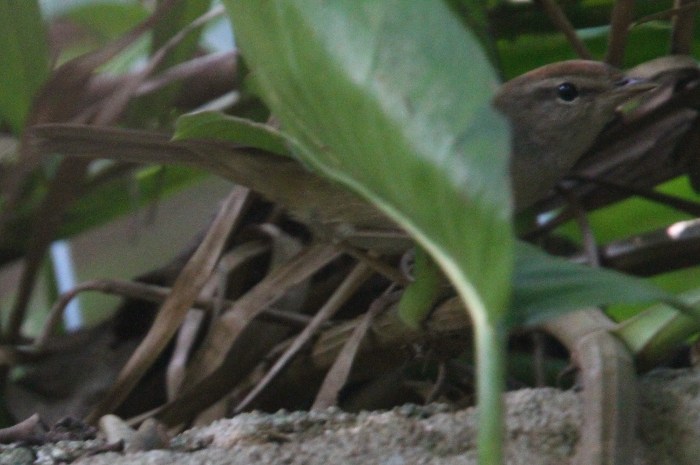
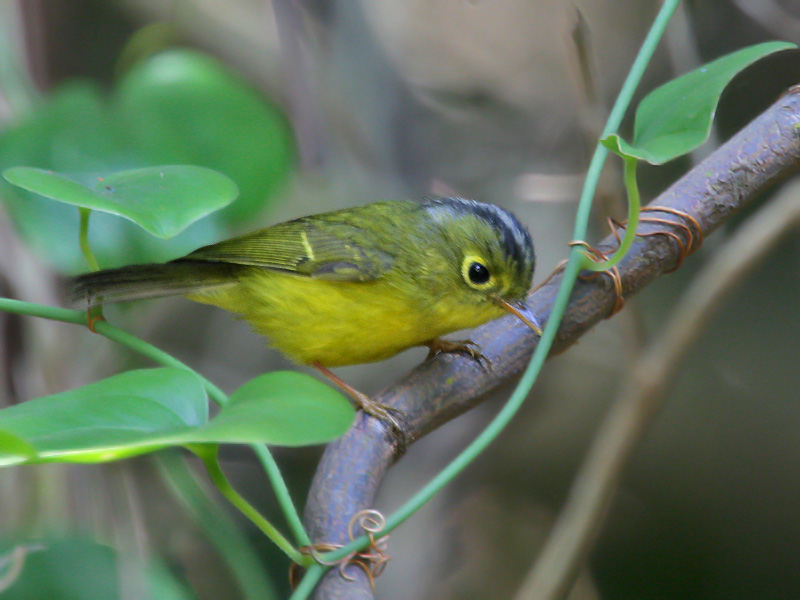
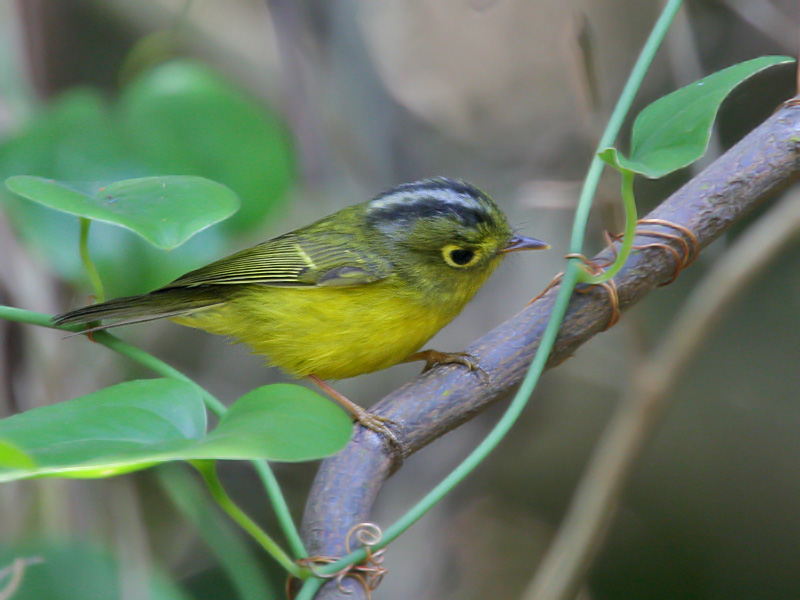
Original posted by cywong at 28/11/2010 22:52
1 White-spectacled Warbler was found on Po Toi today (28/11/10)





















| Welcome to HKBWS Forum 香港觀鳥會討論區 (http://www.hkbws.org.hk/BBS/) | Powered by Discuz! 6.0.0 |